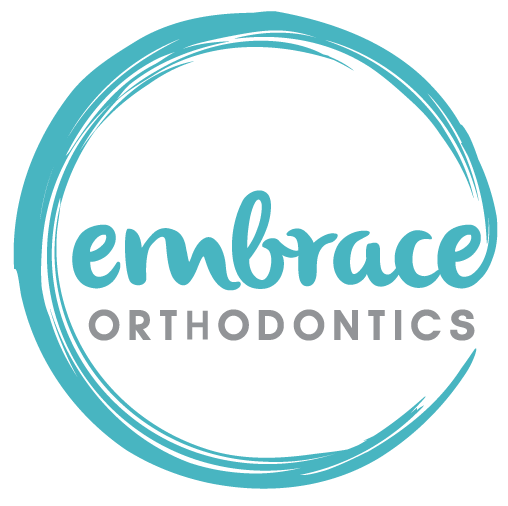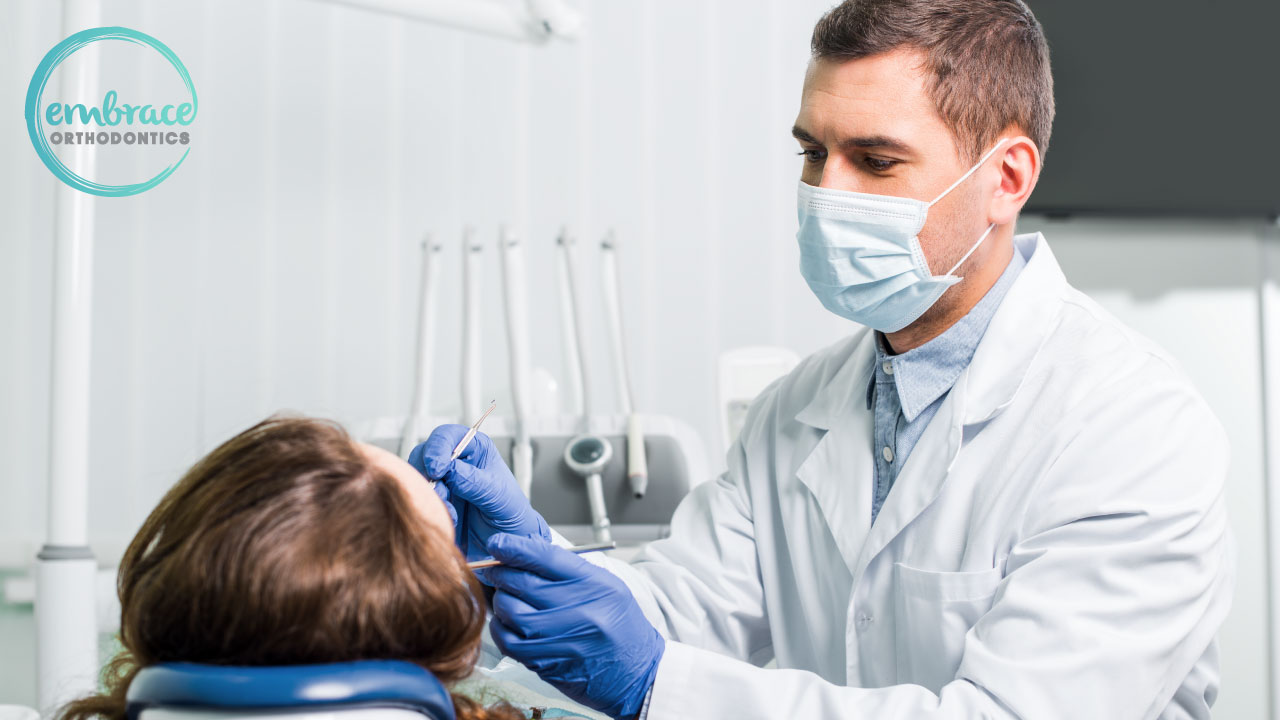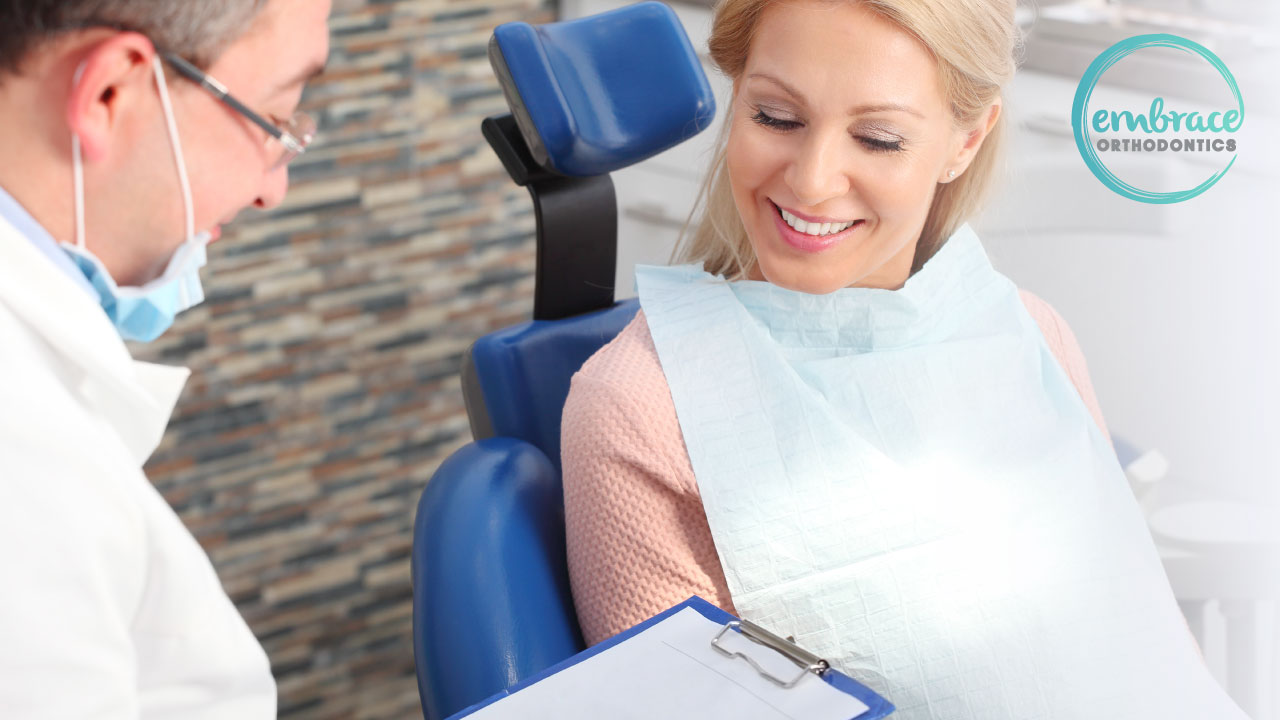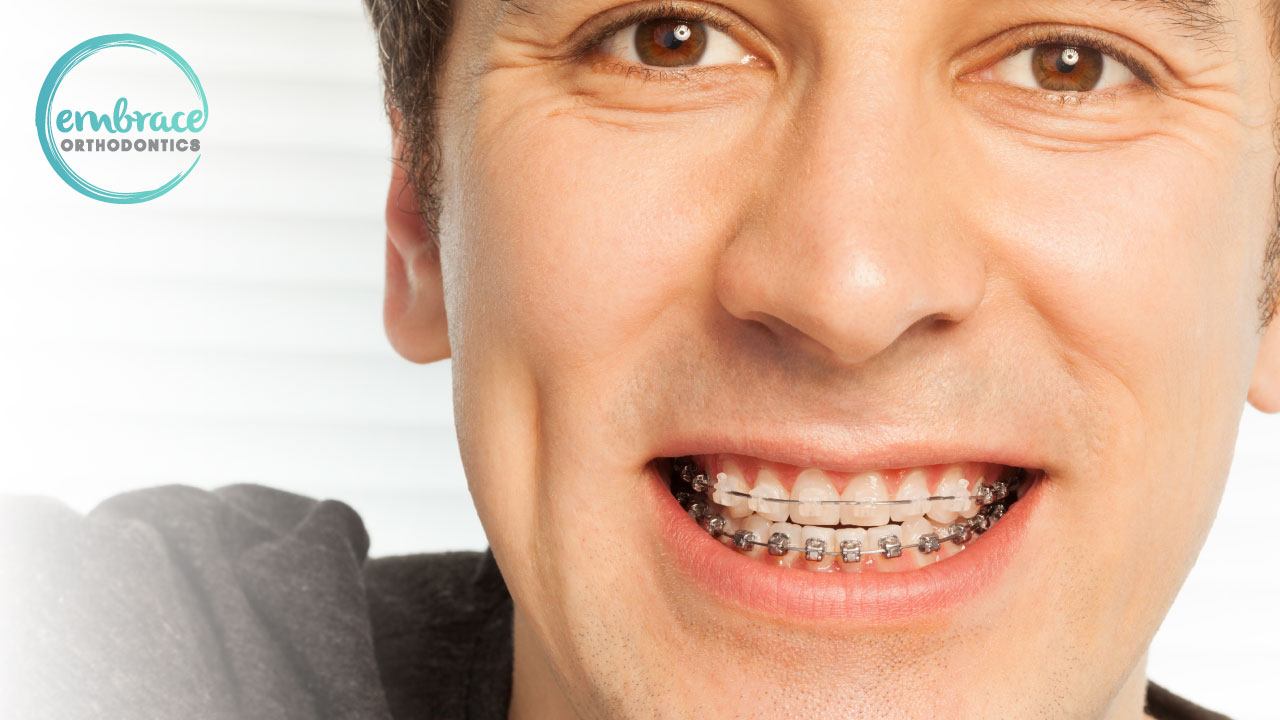Some people believe that orthodontic treatment is only for cosmetic purposes and that it is not necessary for good oral health. However, these people don’t realize that misaligned teeth can lead to serious health issues that affect chewing, swallowing, nutrition, and communication.
In addition, you’re more likely to get dental decay, TMJ jaw pain, and chronic migraines if your teeth are misaligned.
At Embrace Orthodontics, we care about not only giving you a healthy and beautiful smile but also about your overall health. So, today we will be looking at the ins and outs of orthodontic treatment in Ann Arbor. Let’s start at the beginning.
How to Improve Your Smile With Orthodontic Treatment?
According to the American Dental Association (ADA), Orthodontics is a dentistry specialty that addresses diagnosing, preventing, and correcting mal-positioned teeth and jaws and misaligned bite patterns. It may also address the modification of facial growth, known as dentofacial orthopedics.
Abnormal alignment of the teeth and jaws is very common as more and more adults engage in this specialized treatment.
The primary goal of orthodontic treatment is to keep your mouth and body healthy.
As mentioned previously, most people associate orthodontic treatment with straightening teeth for a more attractive smile. They are primarily concerned with the aesthetic benefits of a correctly aligned smile rather than the true functional benefits. Correctly aligned jaws and teeth not only avoid dental injuries and decay but also allow your body to chew and process food safely and efficiently.
Now that you know what orthodontics is and a bit more of why it’s so important, it’s time to talk about how orthodontic treatment works and the types of orthodontic devices you can choose from to start your orthodontic journey toward straighter and healthier teeth.
How Do Orthodontic Treatments Work?
Orthodontic treatments involve different appliances used to retrain muscles, slowly move teeth, and affect your jaw’s growth by placing gentle pressure on your teeth and jaw.
Orthodontic treatment couldn’t be possible without the use of orthodontic devices; you might have heard of some of the different types, such as braces or Invisalign. But there are many more, each with its pros and cons. There are two categories of orthodontic devices, fixed and removable.
Fixed vs Removable Orthodontic Appliances
Your Ann Arbor orthodontist may use fixed or detachable appliances in orthodontic treatment. Your orthodontist will recommend the best treatment option for you based on the severity of your case.
Can Braces Widen Your Smile
Braces are the most popular fixed appliance, and you’ve probably heard of them. Bands, wires, and brackets make up this set. How do they function? The bands are the anchors that keep your teeth in place. Brackets are small metal “anchors” your orthodontist bonds to the front of your teeth.
The brackets are connected to the bands by archwires. The archwires are tightened, putting pressure on your teeth and gradually shifting them toward their intended position.
Braces are typically adjusted by your orthodontist every month, and patients will have to wear them for a period ranging from a few months to a few years. Did you know there are many different types of braces?
Metal Braces
The metal brackets and wires that most people envision when they hear the word “braces” are these. Modern brackets, on the other hand, are smaller and less apparent than the infamous “metal-mouth” braces that many adults recall.
In addition, innovative heat-activated archwires harness your body heat to assist teeth in moving faster and with less pain than in the past.
- Pros: Least expensive type; colored bands give kids a chance to express themselves
- Cons: Most noticeable type of braces
Ceramic or Clear Braces
Ceramic braces are similar to metal braces in size and design, but they contain tooth-colored or clear brackets that fit in with the teeth. To make the wires even less noticeable, some people utilize tooth-colored wires.
- Pros: Less noticeable than metal braces; considerably faster than clear plastic aligners at moving teeth (depending on the severity of the issue)
- Cons: Brackets discolor easily when people do not adequately care for them. Besides, they’re pricier than metal braces.
Lingual Braces
Lingual braces are the same as traditional metal braces, except that the brackets and wires are attached inside the teeth.
- Pros: Invisible from outside
- Cons: More expensive. Aligners alone are not suitable for severe cases; regular adjustments take longer and are more difficult than traditional braces.
Also found within the fixed category, you can find:
Special fixed appliances – These should only be used as a last resort to control thumb sucking or tongue thrusting. Since they’re attached to the teeth by bands, they can feel quite uncomfortable while eating.
Fixed space maintainers – Sometimes, young children lose their teeth prematurely. In such situations, an orthodontist might place a space maintainer in your child’s mouth to keep the space open until a permanent tooth appears.
Removable Appliances
In the removable orthodontic device category, you will find one of the most popular choices today, especially for teenagers and adults.
Clear Aligners or Invisalign
Adults are increasingly turning to them for alternative traditional braces. Aligners are similar to braces in that they shift teeth but do so without the use of metal wires and brackets.
You must remove them while eating, brushing, and flossing if you are using them. Best of all, aligners don’t require sticking to any type of food restrictions during the length of your treatment.
Removable Space Maintainers
Used for the same reason as fixed space maintainers, removable space maintainers are made up of plastic or wire branches and an acrylic base that fits over the jaw. They’re placed in open spaces between teeth to keep the teeth apart.
Jaw Repositioning Appliances
These appliances are also known as splints. They go either on the top or lower jaw and treat TMJ disorders by training the jaw to close in a better position.
Lip and Cheek Bumpers
Your lip and cheek muscles might exert pressure on your teeth. You can use bumpers to keep your lips and cheeks away from the teeth in such cases.
Palatal Expander
This device is a plastic plate that fits over the roof of the mouth. A palatal expander is necessary when the arch of your upper jaw needs to undergo some modifications and widen to create more space for your teeth.
Removable Retainers
These devices, worn on the roof of the mouth, prevent your teeth from shifting back to their previous position.
Headgear
These devices slow down the growth of the upper jaw. They also hold the back teeth in place while pulling back on your front teeth.
Types of Tooth and Jaw Alignment Problems
The team at Embrace Orthodontics is here to help you achieve the smile of your dreams no matter what dental issues prevent you from having your million-dollar smile.
There are many different types of tooth and jaw alignment problems, and each patient’s dental needs are as individual as they are. Below are some of the most common malocclusions faced by orthodontic patients.
Overbite
In this case, the upper front teeth appear to stick out over the lower teeth.
Underbite
In an underbite, the lower teeth may appear too far forward, while the upper teeth are set too far back.
Crossbite
You know you have a crossbite when your upper teeth fit behind your lower teeth when your mouth is closed.
Open bite
Some people have a vertical gap between the front lower and upper teeth when biting down. This is called an open bite.
Spacing
In this case, your teeth don’t seem to fill up your mouth. There appear to be random gaps or spaces between teeth.
Crowding
This is what happens when the dental ridge in your mouth doesn’t have room for all your teeth.
Only your orthodontist can determine the best orthodontic treatment for you. Dr. Li, your orthodontist, will use diagnostic procedures like clinical exams, plastic models of your teeth, and X-rays to create a treatment plan for you and your teeth.
Get in Touch With the Best Orthodontist in Ann Arbor
We recognize that while contemplating orthodontic treatment options, there is a lot to consider. We hope you’re on your way to reaping the benefits of orthodontics now that you know more about it, why it’s important, and how it works. Contact Dr. Li and the team at Embrace Orthodontics to schedule your free consultation today!
We look forward to helping you achieve your smile in orthodontics.




